Making Mount Rushmore
The story of an extraordinary American undertaking

published
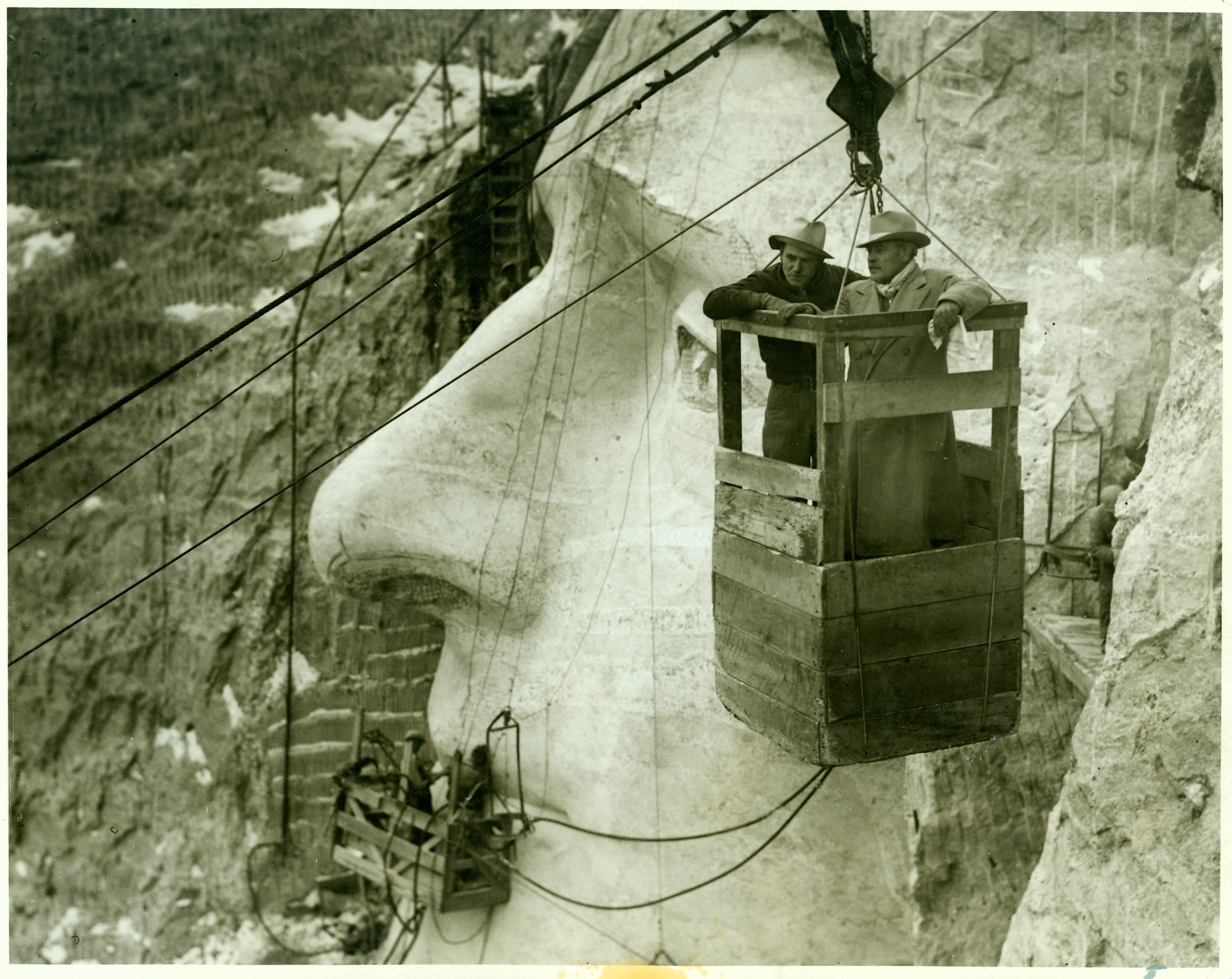
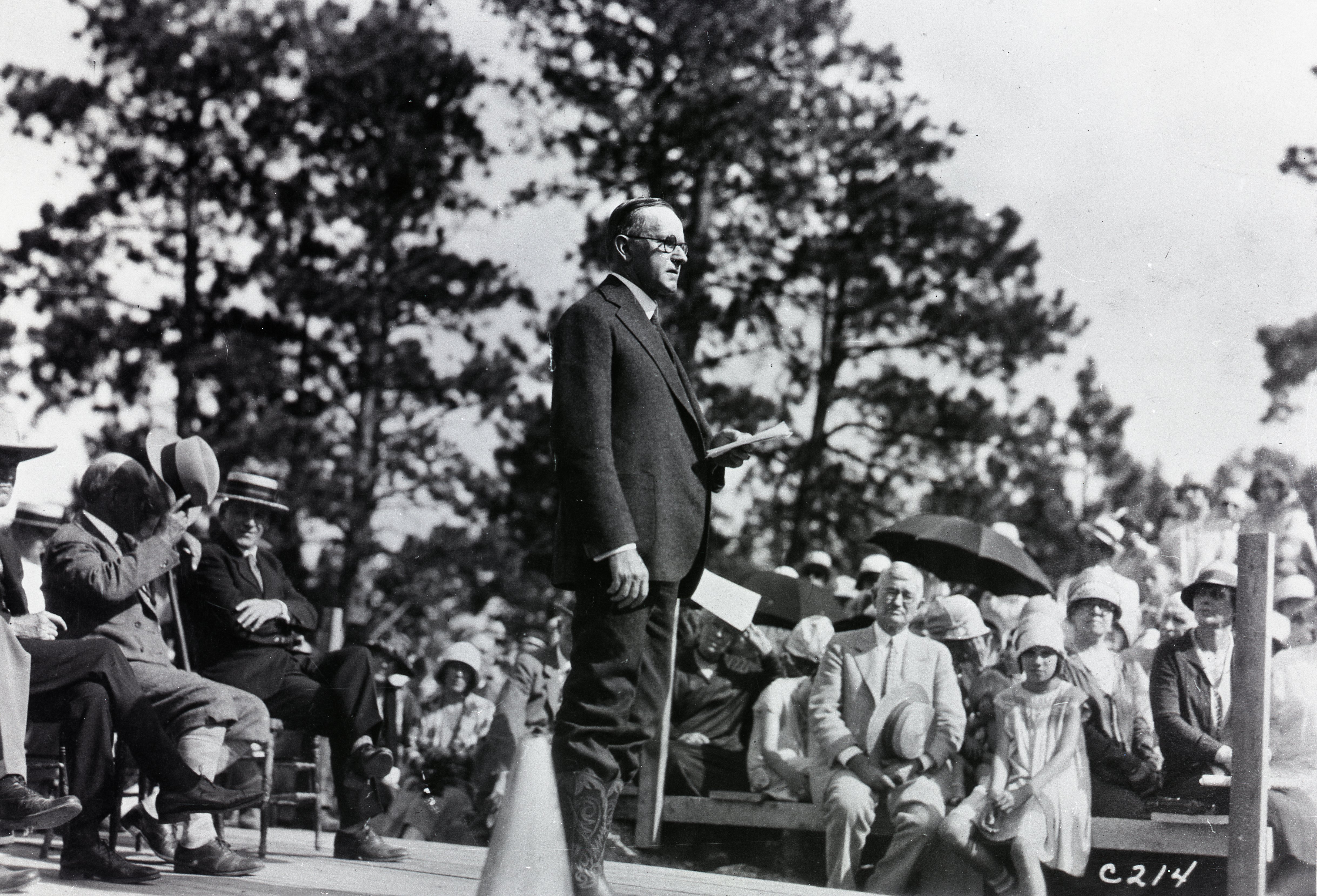
(Image credit: (Photo courtesy of the U.S. National Park Service, photographer Charles D'Emery)Borglum had originally conceived of the figures with more detail — including clothing and limbs. But the mounta)
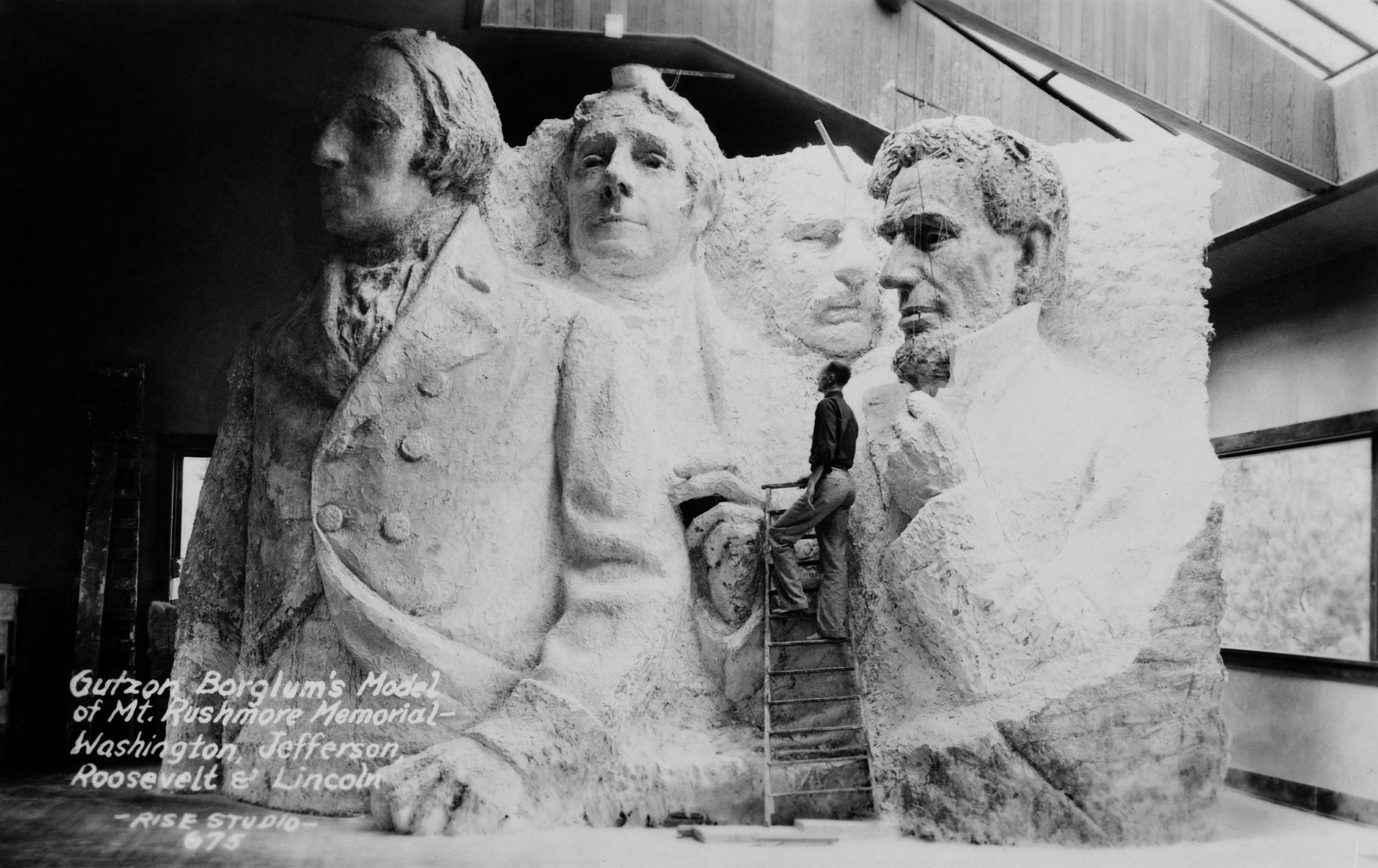
(Image credit: (Everett Collection Historical / Alamy Stock Photo)The workers were paid $8 an hour, which is more than $100 an hour by today's standards. But the work was brutal and dangerous. They had to e)
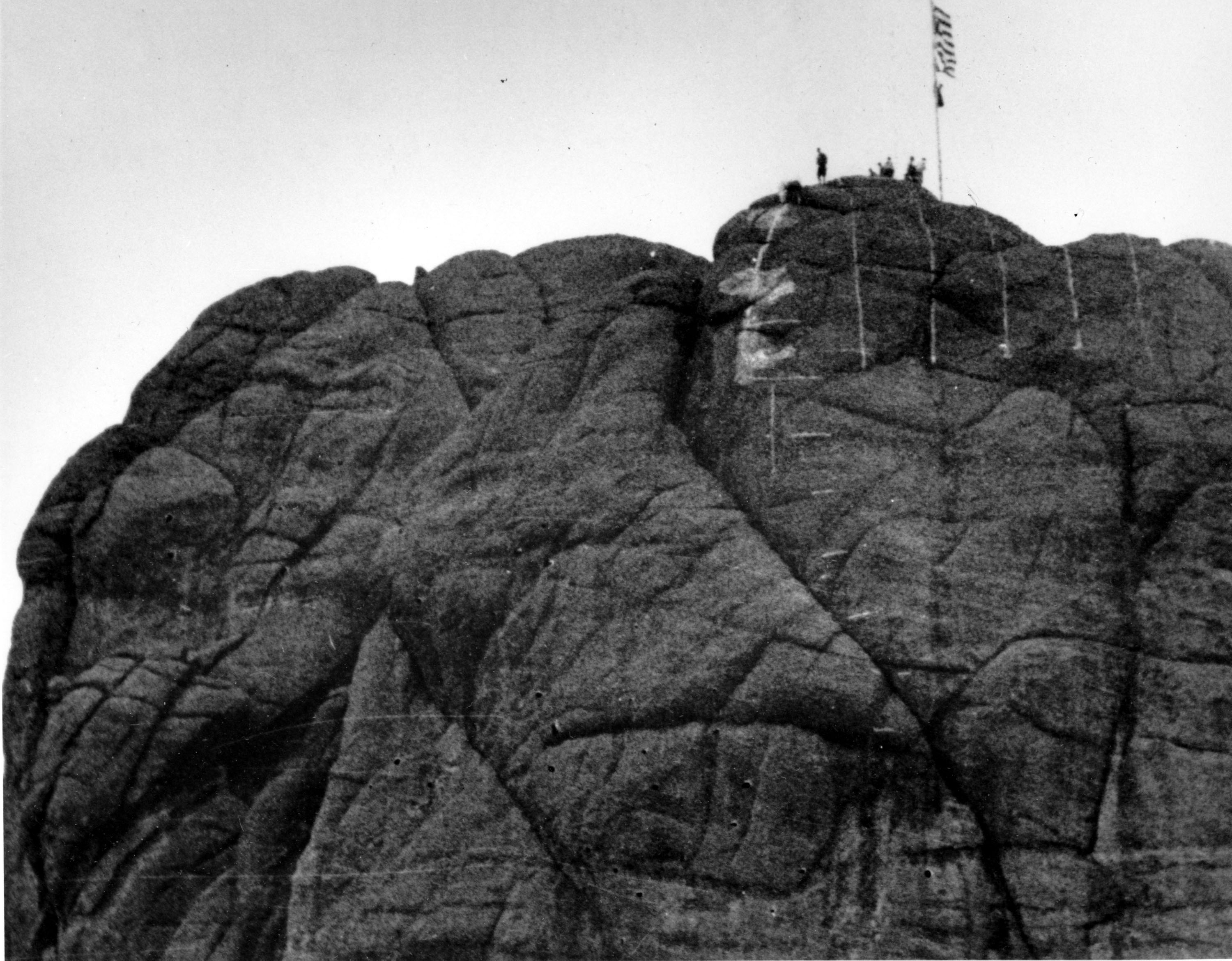
(Image credit: (AP Photo))
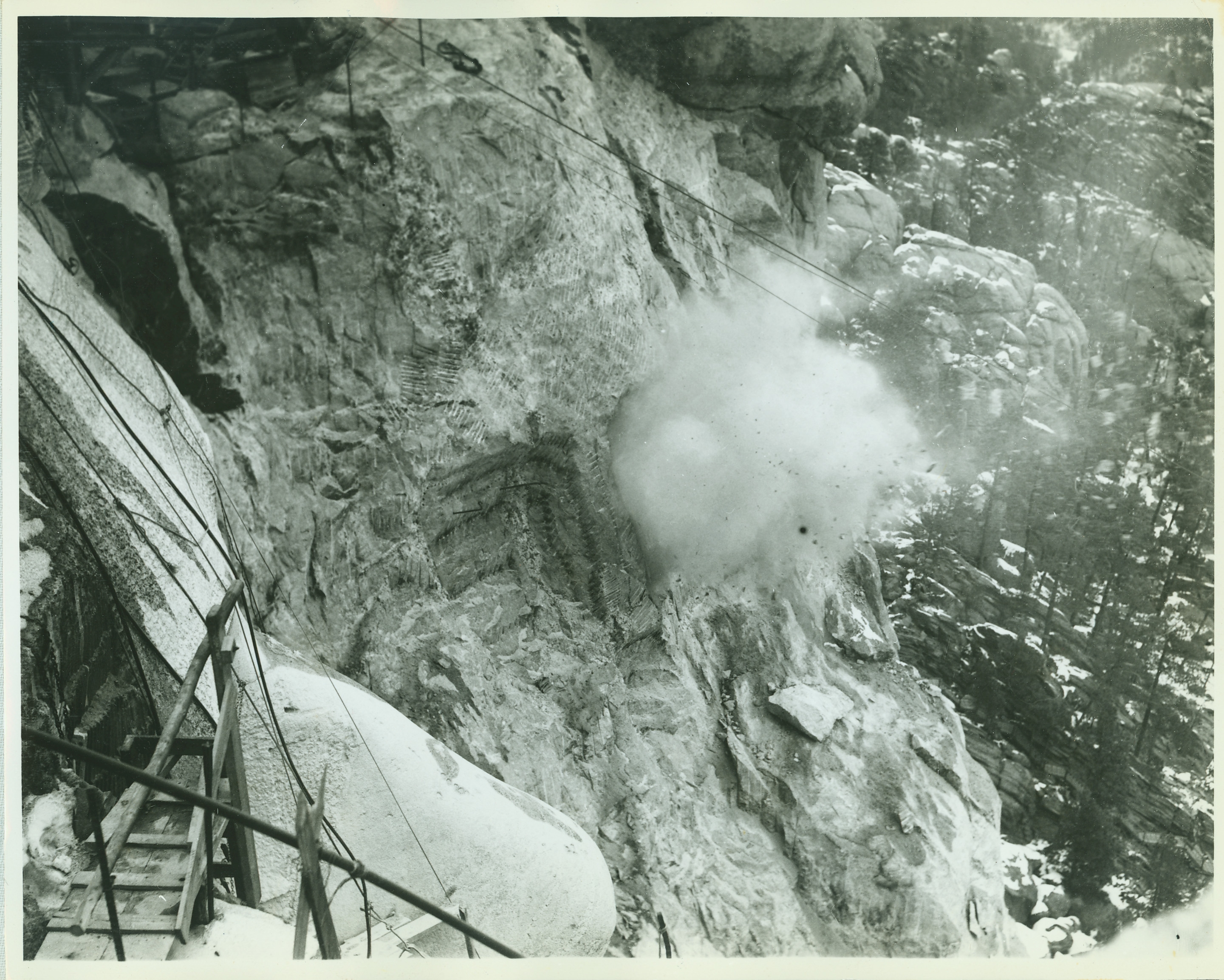
(Image credit: (Photo courtesy of the U.S. National Park Service, photographer Charles D'Emery))
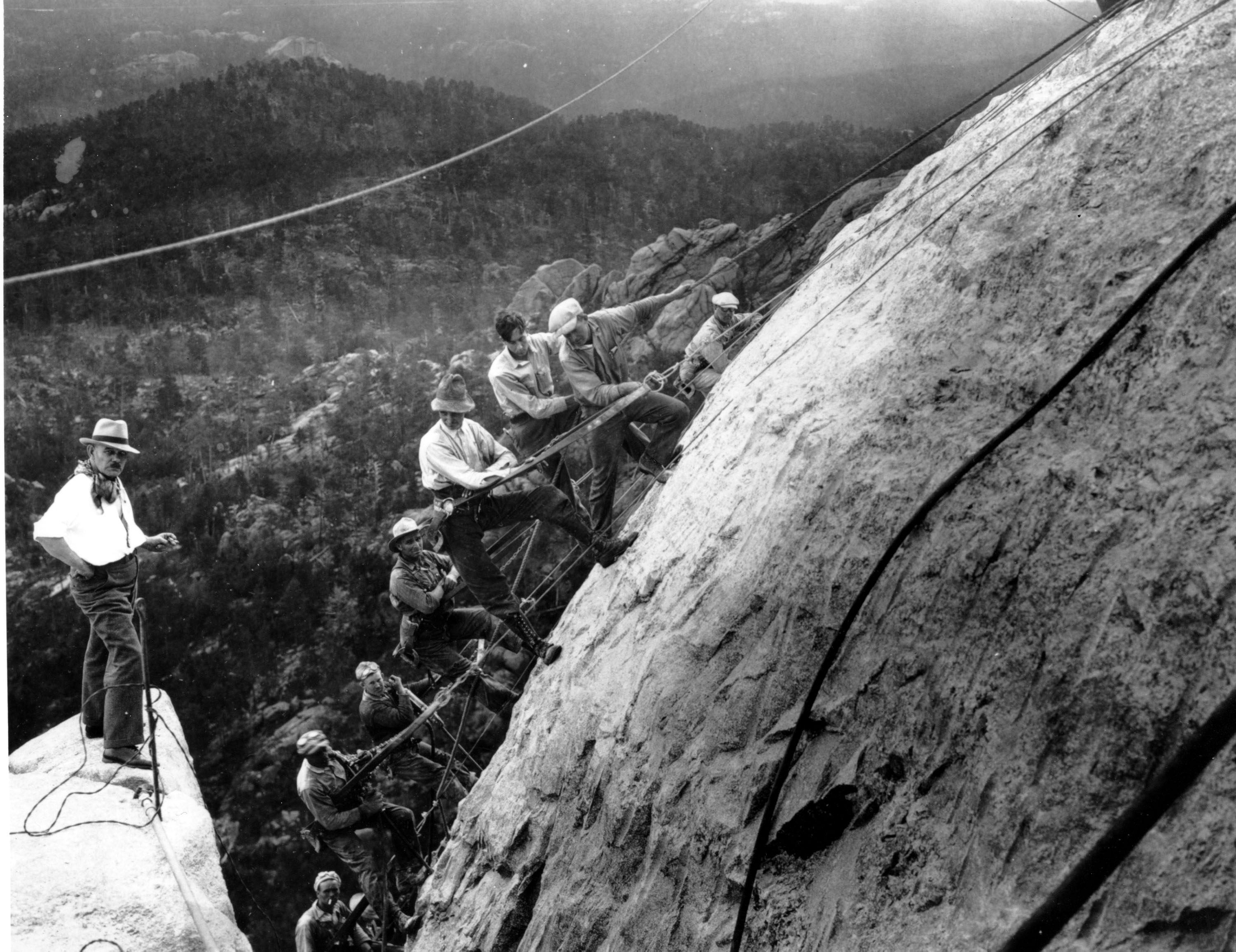
(Image credit: (AP Photo))

(Image credit: (Photo courtesy of the National Park Service, photographer Lincoln Borglum))
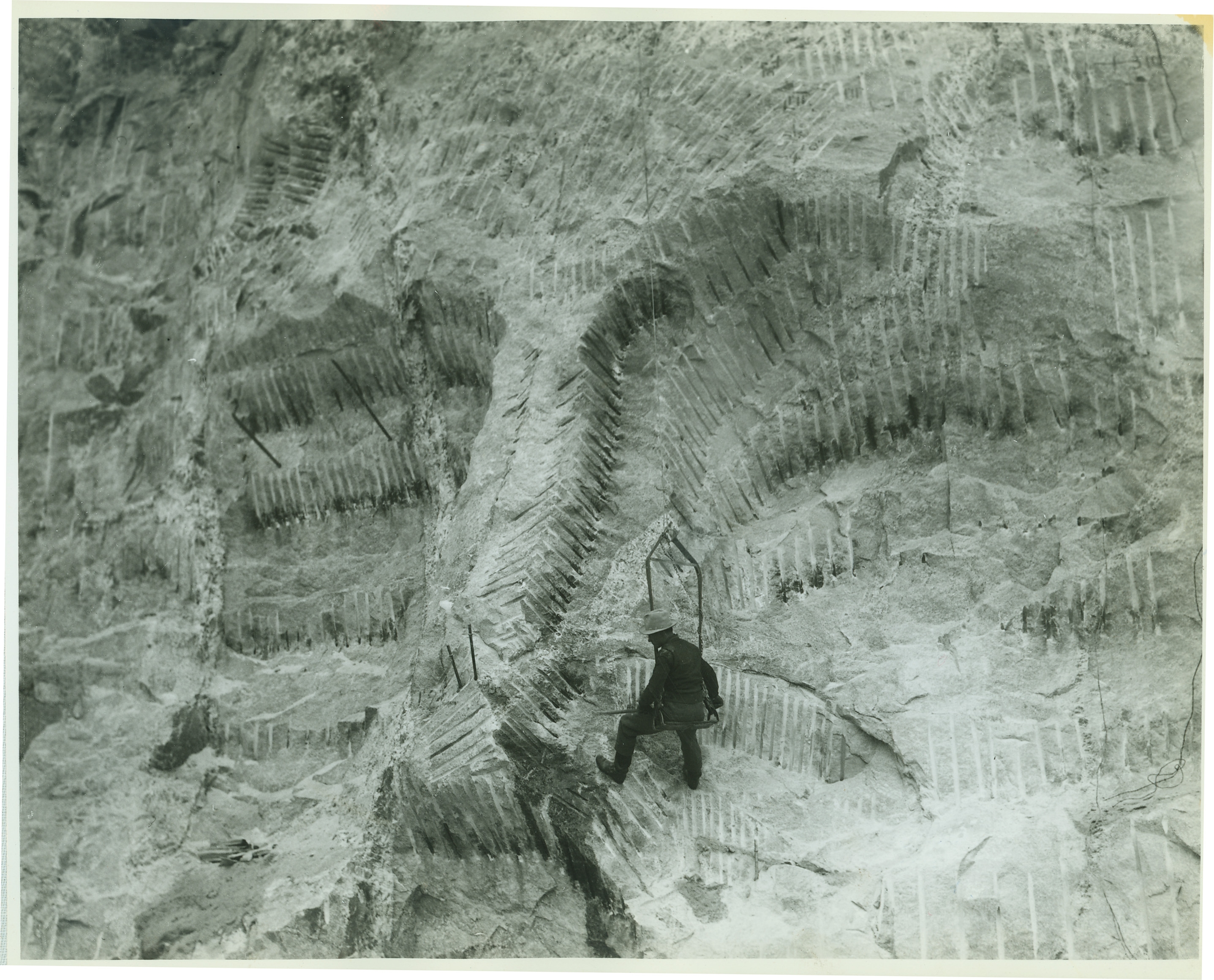
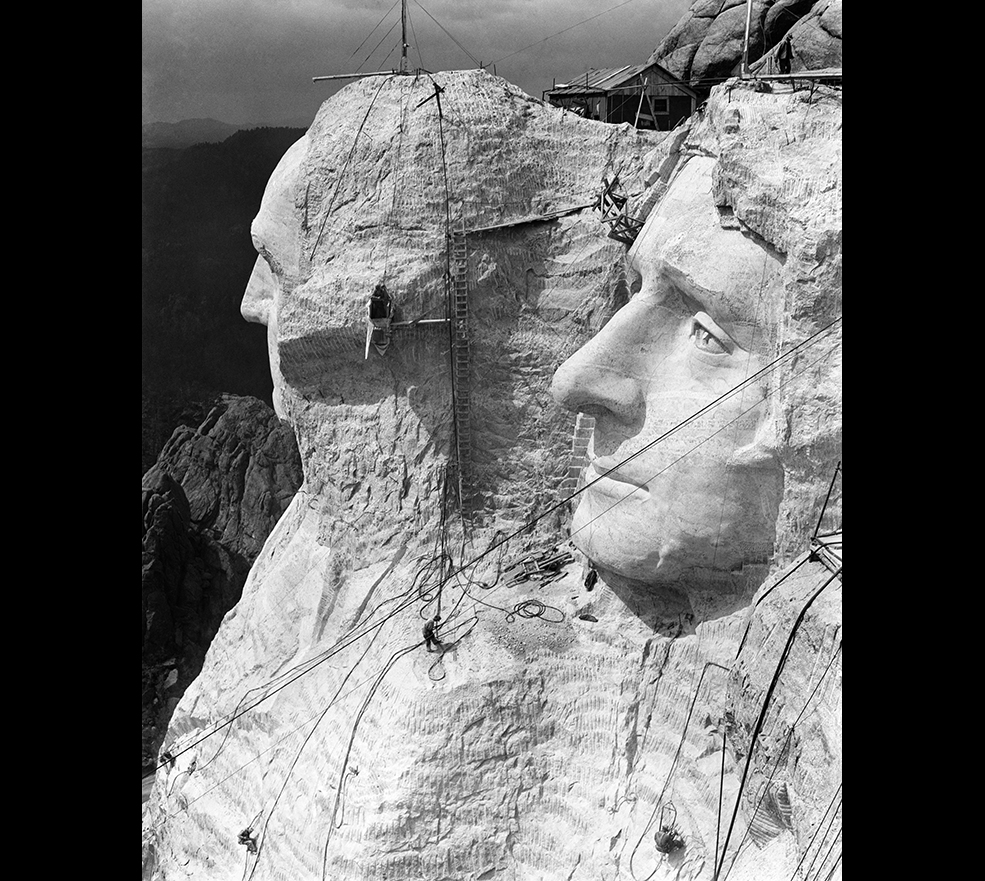
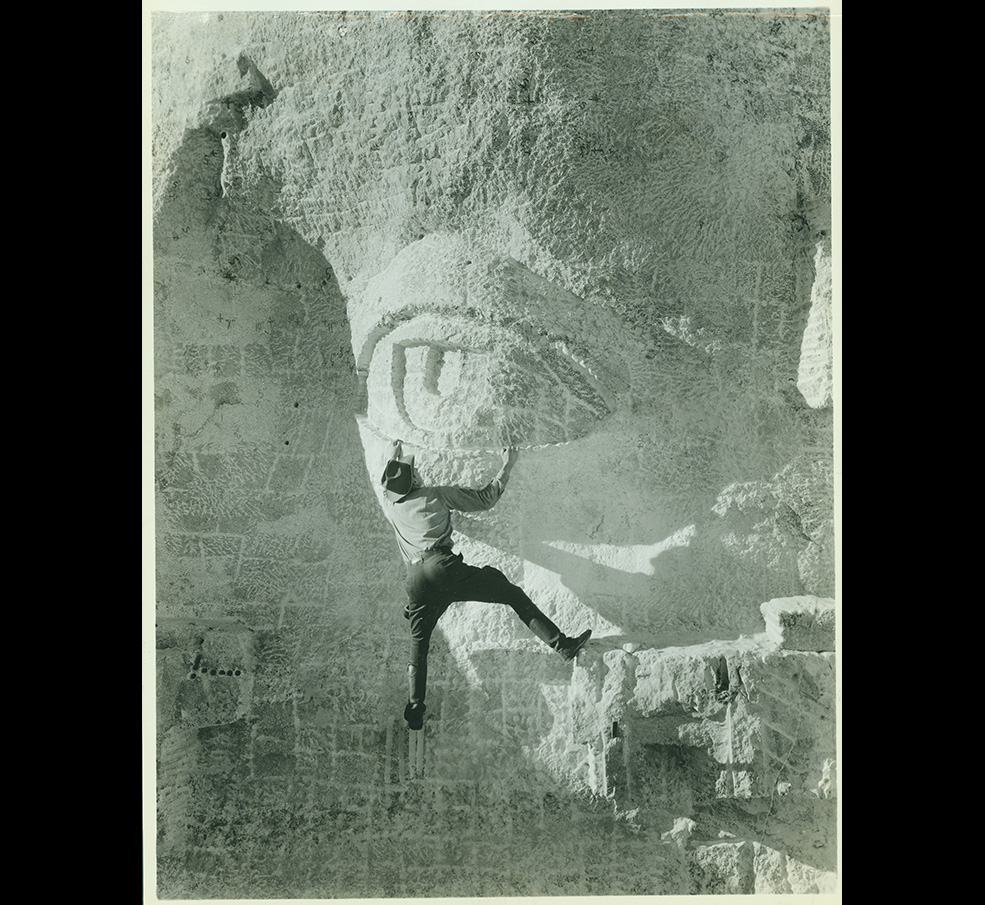
(Image credit: (Photo courtesy of the U.S. National Park Service, photographer Charles D'Emery))
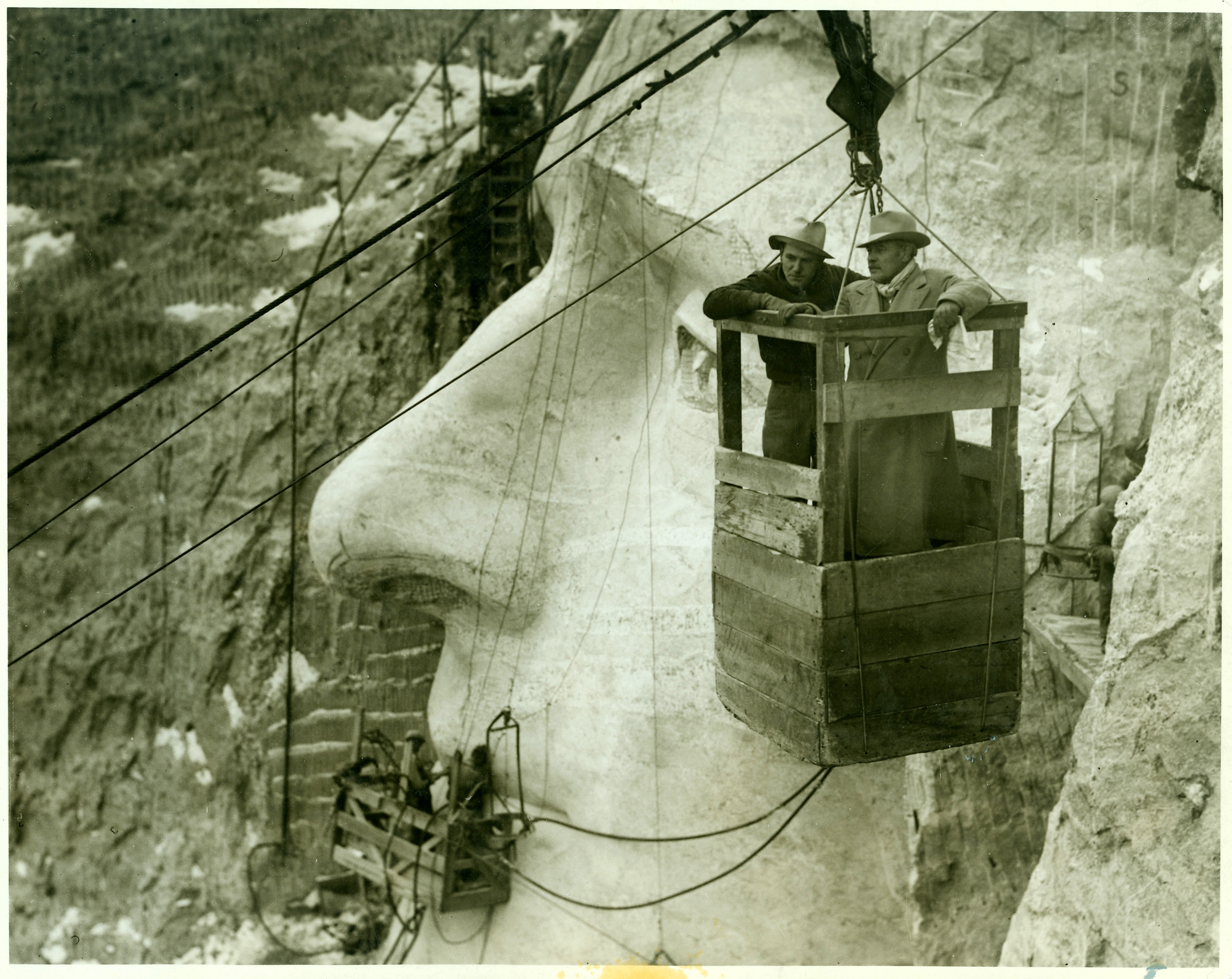
(Image credit: (Photo courtesy of the U.S. National Park Service, photographer Charles D'Emery))
Sign up for Today's Best Articles in your inbox
A free daily email with the biggest news stories of the day – and the best features from TheWeek.com
Jackie Friedman is the assistant photo editor at TheWeek.com. She is a graduate of the photojournalism program at Kent State University and now lives in New York.
-
 How to make the most of chestnuts
How to make the most of chestnutsThe Week Recommends These versatile nuts have way more to offer than Nat King Cole ever let on
-
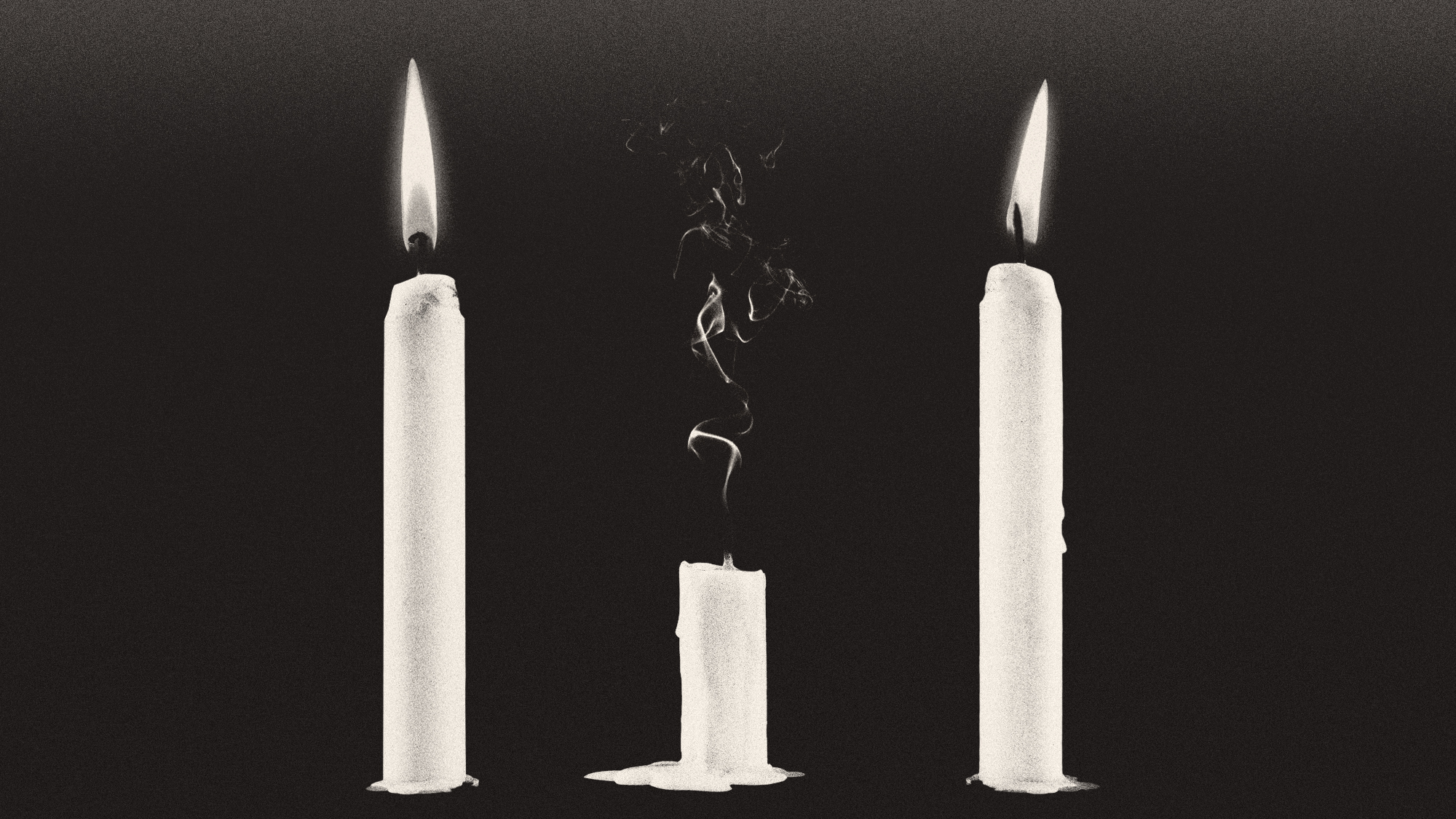 Deaths for children under 5 have gone up for the first time this century
Deaths for children under 5 have gone up for the first time this centuryUnder the radar Poor funding is the culprit
-
 Codeword: December 22, 2025
Codeword: December 22, 2025The daily codeword puzzle from The Week